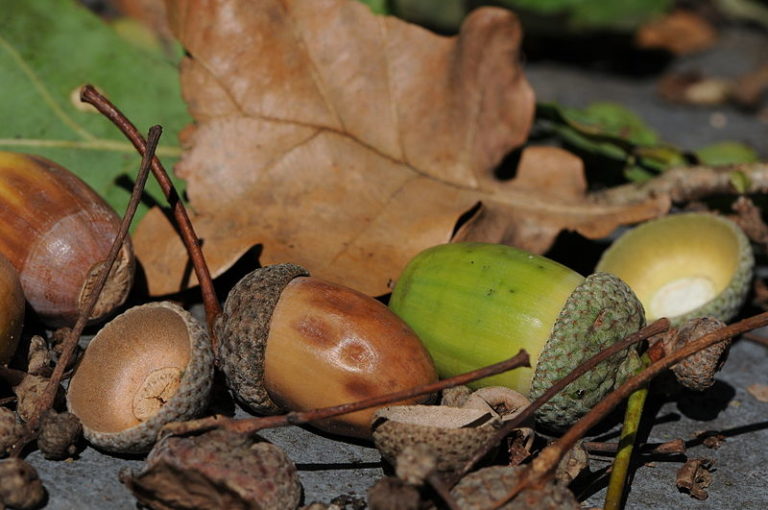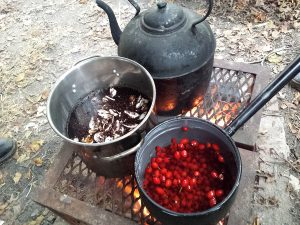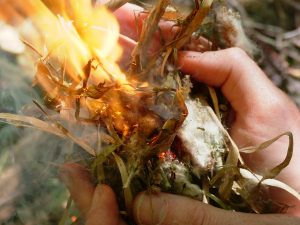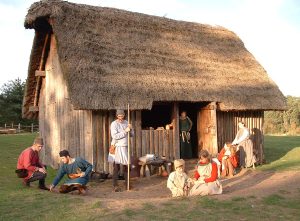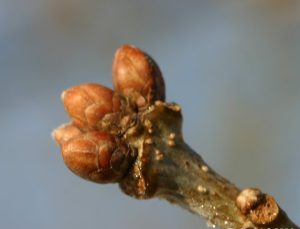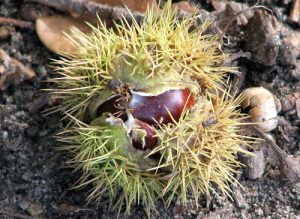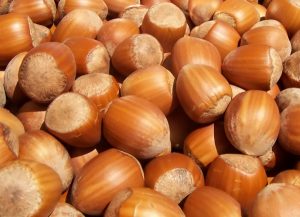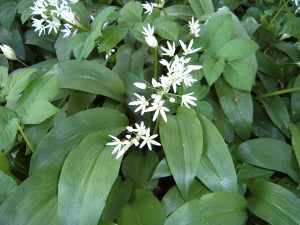In case you hadn’t noticed… it’s a mast year!
The squirrels and jays must be rejoicing, and the deer feasting, along with all other creatures that rely on acorns for food. This year is one of those years that the oaks, hazels, and other nutting trees, are producing large numbers of seeds – called a ‘mast year’. This means a bumper crop for wildlife and foragers.

Jays and other wildlife will benefit from a bumper crop of acorns.
Mast is the fruit of beech, oak, chestnut, and other woodland trees. So a mast year is a year in which these trees produce a large number of fruits (nuts), many more than other years. It is thought that trees have ‘rest’ years, where they produce almost no nuts, then bumper years where they produce an abundance. It is suggested that an oak will send out so many acorns in one go hoping that once the bugs, birds and beasts have had their fill, there will be some left to sprout into new oak trees. It is likely that the weather also has an impact, in particular at pollination time in spring.

Hazelnuts on the tree
For foragers the time is now! Despite the grey squirrels’ best efforts, there are still many hazelnuts clinging to the trees around where I live here on Dartmoor in Devon. Here is what I gathered today whilst on a walk:

Freshly gathered hazelnuts
So it is still worth getting out there to see whats available. I found these on an old overgrown hedgerow, a long line of hazels with branches reaching out over the fields, so I could easily pull them down for the nuts.
Hazels need no processing, only proper storage. I peel off the green leafy husks and lay the nuts out to dry in their shells. Here are some I harvested last week, turning brown as they dry.

Hazel nuts turn brown as they dry.
They just need to be thoroughly dried, and stay dry, and they should keep all year. Or you can shell them then dry and store them, which means you can remove any bugs straight away.
Yesterday I was walking in the woods and couldn’t help filling my bag with these beautiful acorns – there were so many, and so big! It was raining acorns in the woods, dropping all around me. At this time of year I don’t go for a walk without a basket or bag!

Freshly gathered acorns
Acorns do require a fair bit of processing as they contain tannins, which taste bitter and astringent, and aren’t good for our stomach or kidneys. It is best to let acorns turn brown, and ripen, before processing. It’s worth the effort, and acorns were an important food source in the past, containing starch, a valuable food-type that tends to be rarely found in wild food.
To process acorns for eating, I first dry them out, shells and all. Then crack off the dry brown shells with my hands and a sharp knife. Due to the time it takes, I generally only harvest the biggest acorns, to make it all much more efficient.
You then need to leach the nuts, to remove the tannins. There are a number of methods, but basically this requires soaking them in water, and changing the water a number of times.

Native American Hupa woman leaching acorns in sand, in 1903. Hunter gatherers all over the world have eaten acorns.
The ‘wild’ way would be to put the acorns in a river – in a mesh bag or basket – and the running water would leach out the tannins. Another way is to use a mesh bag (like the kind you get citrus fruit in) and pop them in the cistern of a flushing toilet. This is the clean part of the toilet, though it’s worth giving it a clean out anyway. With each flush you are changing the water the acorns are soaking in, and therefore removing the tannins.
There is great advice on acorn processing here and here, and once the tannins are out you have a nutty, tasty and nutritious nut that can be eaten roasted, or made into flour, coffee and more.

